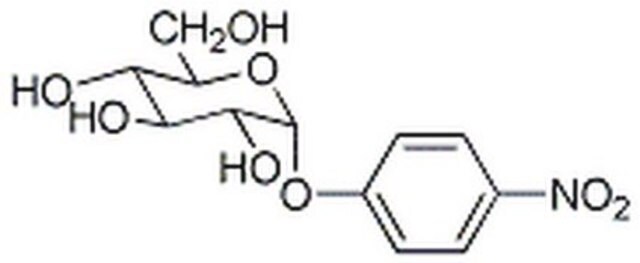SC1002
Anti-Sox2 Mouse mAb (245610)
lyophilized, clone 245610, Calbiochem®
About This Item
Productos recomendados
origen biológico
mouse
Nivel de calidad
forma del anticuerpo
purified antibody
tipo de anticuerpo
primary antibodies
clon
245610, monoclonal
formulario
lyophilized
reactividad de especies
human, mouse
fabricante / nombre comercial
Calbiochem®
condiciones de almacenamiento
OK to freeze
isotipo
IgG2a
Condiciones de envío
wet ice
temp. de almacenamiento
−20°C
modificación del objetivo postraduccional
unmodified
Información sobre el gen
mouse ... Sox2(20674)
Descripción general
Inmunógeno
Aplicación
Immunocytochemistry (10 µg/ml; see comments)
Flow Cytometry (see comments)
Advertencia
Forma física
Reconstitución
Nota de análisis
NTERA-2 cells
Otras notas
Graham, V., et al. 2003.Neuron39, 749.
Stevanovic, M. 2003.Mol. Biol. Rep.30, 127.
Kishi, M., et al. 2000.Development127, 791.
Uwanogho, D., et al. 1995.Mech. Dev.49, 23.
Yuan, H., et al. 1995.Genes Dev.9, 2635.
Información legal
¿No encuentra el producto adecuado?
Pruebe nuestro Herramienta de selección de productos.
Código de clase de almacenamiento
11 - Combustible Solids
Clase de riesgo para el agua (WGK)
WGK 1
Certificados de análisis (COA)
Busque Certificados de análisis (COA) introduciendo el número de lote del producto. Los números de lote se encuentran en la etiqueta del producto después de las palabras «Lot» o «Batch»
¿Ya tiene este producto?
Encuentre la documentación para los productos que ha comprado recientemente en la Biblioteca de documentos.
Nuestro equipo de científicos tiene experiencia en todas las áreas de investigación: Ciencias de la vida, Ciencia de los materiales, Síntesis química, Cromatografía, Analítica y muchas otras.
Póngase en contacto con el Servicio técnico